Review of Star Trek: The Motion Picture The Director`s Edition
Introduction
Star Trek is quite possibly the most lucrative television franchise in history. At the time of writing, there have been 5 live action series, one animated series and the 10th cinematic feature will be released later this year. We mustn`t forget comic books, novels, computer games and key rings. The Star Trek name is surely a licence to print money. It is difficult then, to imagine the sheer financial risk that was taken in making this movie. It is purely on the success of this one film that the Star Trek Empire that we are so familiar with is built. When this film was first considered in the mid seventies, the television series had been cancelled for nearly a decade and Paramount, owning the Star Trek name wished to make some profit. An abortive series, Star Trek Phase II sat in development hell for several years and it took a little known space opera from the pen of George Lucas to make Paramount realise that they had a potential money-spinner on their hands. Finally, 11 years after filming had ended on the television series, Star Trek: The Motion Picture opened to excited fans the world over. I have seen this film, in its various incarnations and on differing formats several time now and every time I have the same question. How did Star Trek II, III, IV and V let alone The Next Generation get green lighted after this? Don`t get me wrong, TMP isn`t a bad movie, it just isn`t a good one either. Last year, the announcement was made that Star Trek: The Motion Picture would be released on DVD, and director Robert Wise would take the opportunity to revisit his work, so that it could be properly completed and his vision could be brought to the screen at last. This then, after several months of revised release dates and delays, is the definitive version of Star Trek: The Motion Picture.
The historic five-year mission is over. James T. Kirk languishes at Star Fleet Command as an Admiral, Doctor McCoy is happily retired and Spock is pursuing total logic on Vulcan. The Enterprise has been redesigned and refit and is destined for the command of Will Decker, a brash young Captain who reminds Kirk of who he used to be. All this changes when an alien cloud the size of a solar system comes into conflict with the Klingons. The Klingons are destroyed and the cloud continues on its course towards Earth. Alarmed, Starfleet orders the Enterprise to be made ready and to intercept the intruder. Kirk takes the opportunity to regain his command and displace Decker as Captain of the Enterprise. Reunited with his old crew, Kirk also takes the opportunity to draft McCoy back into the service. McCoy reluctantly rejoins the ship, but becomes concerned when he sees Kirk`s obsession with regaining command and his reckless drive to get the ship launched ahead of schedule. This recklessness becomes extreme when the new warp drive malfunctions and throws the ship into a wormhole. However, Spock who has some form of mental contact with the intruder returns to the ship and repairs the warp drive, allowing them to intercept the cloud before it gets to Earth.
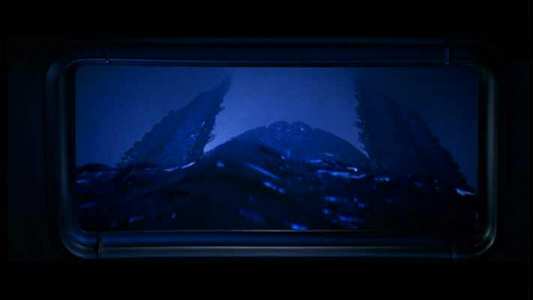
Video
Star Trek: The Motion Picture has been enhanced for 16:9 TVs, I couldn`t find any note of the screen ratio but I assume that it is 2.35:1. The restored picture and enhanced visual effects then. To be honest I can`t tell if the original elements have been restored or not. It`s a telling fact that when Robert Wise et al talk about the enhanced effects, they mention matching them to the dirt and grain of the existing stock, so one can assume that little was done to original film. That is apparent in the level of dirt and damage visible on the print, the film is scratched in places and flecks of dirt are visible throughout. If this is the restored print, I`d hate to see the original. The picture quality itself is variable, with the picture a little soft in places. The blues of V`Ger seem a little over saturated, seeming to pulse in their intensity. The blacks aren`t really deep enough, with the final frontier looking a little grey. On the other hand, the live action sequences are very clear and colourful, the scenes aboard ship are sharp and detail is richly brought out. The uniforms seem to be far more than the pyjamas that they have always appeared to be. The transfer to the disc seems to be flawless, with the only problem down to the film itself.
When the restoration team decide to redo some effects shots, they must have had the choice of going the Star Wars route and redoing the effects completely for a brand new print or as they did here, which was to make the new effects shots seem as if they were done in 1979. They chose the latter but while a complete overhaul may have been financially unwarranted, some compromise should have been made. I`ve already mentioned the state of the print, but the existing effects shots that have been retained do look a little ropy. Composite shots have elements with black borders clearly visible and these should have been cleaned up to match the quality of the new effects at least. The new effects are by and large restrained, made to match the quality of the original footage. The new CGI Enterprise is indistinguishable from its model counterpart, and is used sparingly for some more graceful shots of the encounter with V`ger and a redone wormhole sequence. The new Vulcan sequence is a big improvement over the original and Starfleet Command looks far more vibrant now. I`m not a fan however of the new shot of V`ger orbiting Earth at the end, as it looks smaller and not as menacing. Also the shot of the nacelle in the briefing room looks as if the perspective is wrong and the stars are streaking in the wrong direction.On the whole, I`d say the new effect shots add a lot more to the film.
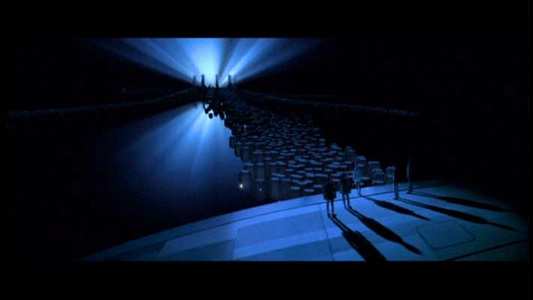
Audio
The Sound is presented in DD 5.1 English and German. This film has had a new sound mix. Sound effects that were absent from the film originally have been added and the Enterprise finally sounds as it is meant to. Director Robert Wise mentions that he had told composer Jerry Goldsmith that his music would be taking the place of the sound effects that weren`t completed for time and that is a testament to Jerry Goldsmith`s soaring score. The original tapes were exhumed for this version and the music was redone for this picture. It is undeniably the same soundtrack, but I felt that it was rather small screen rather than theatrical. I didn`t feel surrounded by the theme, but the music seemed to be centred on the action, the exceptions being the restored overture and Kirk`s first glimpse of the new Enterprise. I felt the sound was quite workmanlike and the action was very centralised.

Features
It`s a telling fact, that this one Star Trek release contains more extras than all the other R2 Star Trek releases put together, including the Next Gen boxset. On the first disc, with the film proper are two commentaries, a text commentary by Michael Okuda, author of the Star Trek Encyclopaedia (A fount for trivia fans) and an audio commentary with contributions from Robert Wise, Jerry Goldsmith, Stephen Collins and effects supremos, Douglas Trumbull and John Dykstra. This is an interesting account of the making of the film with Wise explaining the choices made in his Directors Edition. Robert Wise is a little indistinct but fortunately, subtitles are provided. Disc 2 contains the remaining extras. First are the deleted scenes, which are divided into the Theatrical and Television Versions. The theatrical version has some 20 minutes of scenes that were altered for the new version, 5 and half minutes of trimmed scenes and 3 minutes of raw footage for the unused Memory Wall scene. The television version adds about 7 minutes of footage that wasn`t in the theatrical version. There are 3 storyboards presented on this disc as well as the obligatory trailers. You get the TV spots, the teaser and the theatrical trailer and they are all uniformly bad. The Director`s Edition trailer is added and finally there is the promo for the new television series, Enterprise. This is a major disappointment as it is the one that was released several months ago. It consists of the footage of the new cast intercut with footage from the Star Trek movies. You would think that with Season 1 in the can and the series airing on Satellite we could get a decent promo with up to date effects shots. It just goes to show how many months the release of this DVD has been delayed. Finally there are three documentaries. Phase II: The Lost Enterprise looks at the 2nd Star Trek series that was aborted in favour of the motion picture. Redirecting the future looks at how the new version was enhanced and how the new effects were accomplished. A Bold New Enterprise is the making of documentary and is an informative look at how the movie was made, featuring contributions from the cast and the crew. A rather reluctant William Shatner comments on his contribution to the film, but Stephen Collins is far more voluble about his involvement. The documentaries come in at just under 1 hour in total.
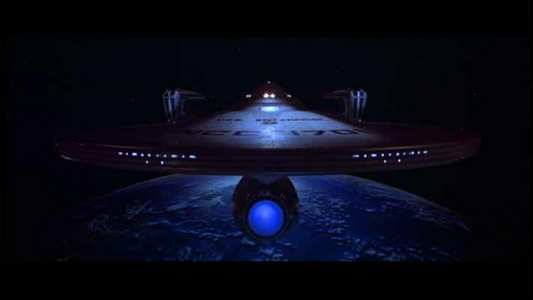
Conclusion
The cast of the classic television series all return for the first feature. However they are all pretty much restrained by the script and the performances, while workmanlike and solid, show little of the warmth and familiarity of the television series and the later films. It`s a shame though, as they have never looked as good. They are all still young and lively and William Shatner in particular has never looked leaner. He is distinctly out of character for much of the film, with flashes of the old Captain Kirk only appearing in the last act, as the character resolves his midlife crisis. Leonard Nimoy as Spock is even more controlled and machine like as Spock, again only really coming to life in the last act. Fortunately DeForest Kelley as McCoy is his irascible self, and for me the film doesn`t really get going until he beams aboard some twenty minutes into the picture. The crew is rounded off by George Takei, Walter Koenig, Nichelle Nichols, James Doohan, Majel Barrett and Grace Lee Whitney all reprising their roles from the original series. They are all there to provide familiarity and although they make contributions to the film, they do very little to push the story along as the film concentrates on the three main characters. However there are two new characters in this film, which are far more pivotal. Stephen Collins as Decker and Persis Khambatta as the Deltan navigator Ilia. Mirroring the reunion between Riker and Troi from the Next Generation, the empathic Ilia and career officer Decker had a previous relationship that causes some tension between them as they are reunited on the ship. Khambatta is good as the Deltan but Collins impresses as the displaced Captain Decker. His antagonism with Kirk is the first true emotional energy in the picture and in the end it is his actions that save Earth, making Decker the hero and Kirk more of an observer. It is ironic, that while the original cast fumble desperately to regain the chemistry of the original series, it falls to Stephen Collins and Persis Khambatta to spark off each other and carry the emotional weight of the film.
Star Trek: The Motion Picture was never the best sci-fi movie. No matter what Robert Wise did, he wouldn`t be able to fix what was broken, namely an uninspiring script and a lack of chemistry between the main characters. It`s notable that the cast were rewriting their lines, as they knew how their characters would act better than the writers. The film didn`t even have an ending when shooting started. What Robert Wise has done, far more than redoing the effects is to go back and remove much of the chaff. A lot of the crew performances were reaction shots to effects that weren`t even finished at the time. So scenes of Sulu or Chekov stating the obvious like "The new screens held" or "We`re out of it" have been trimmed to lift the pace of the movie. Certain scenes that seemed interminable, like the exploration of V`ger`s energy cloud are considerably more bearable. Wise has also gone back to the original version as well as the Television version and rescued as much of the human interaction as possible. Spock`s reaction to the loneliness of V`ger, or extending the scene when McCoy beams aboard, all this helps mitigate the coldness of the original performances and does a little to remind us of why we watched Star Trek in the first place. As a result, the Director`s edition is actually some 4 minutes longer than the theatrical version, surprising when I remember rumours last year that it would be as little as 90 minutes long.
The Director`s edition is then a marginally better film, but underneath the cosmetic enhancements and the editor`s magic remains the ponderous story, the uninspired script and the lack of chemistry between the actors. The sound is good, but not brilliant, and I`m not impressed by the redone music. The picture still shows its age despite any claims to restoration. The wealth of extras presented here are the discs one true redemption. Don`t get me wrong, any Star Trek fan would hang his head in shame if they didn`t have this in their collection, but no amount of surgery conducted by Robert Wise is going to make this film into something it isn`t. What we have is a passable sci-fi movie, that kick-started the biggest sci-fi franchise ever. Go figure.
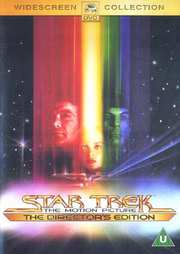
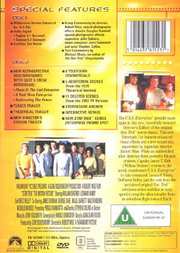
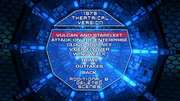
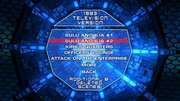
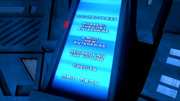
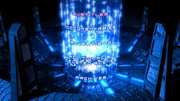


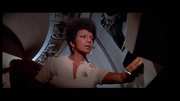

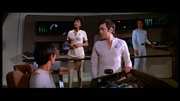
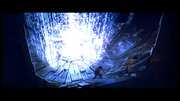


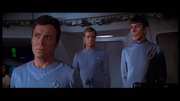
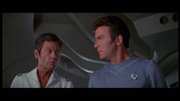
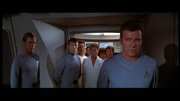

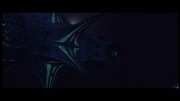
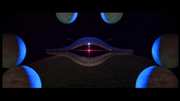
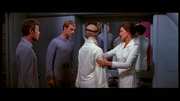


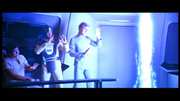
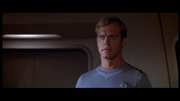
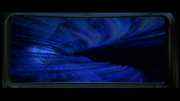
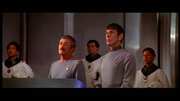
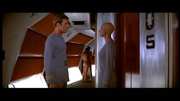
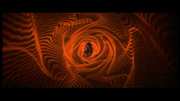
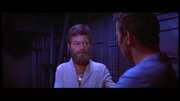
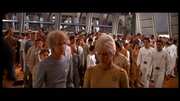
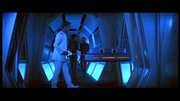
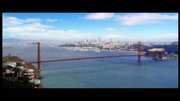



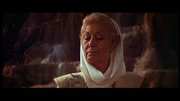
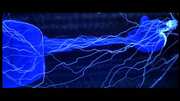
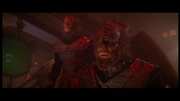
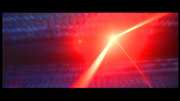
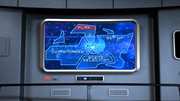
































Your Opinions and Comments
Be the first to post a comment!